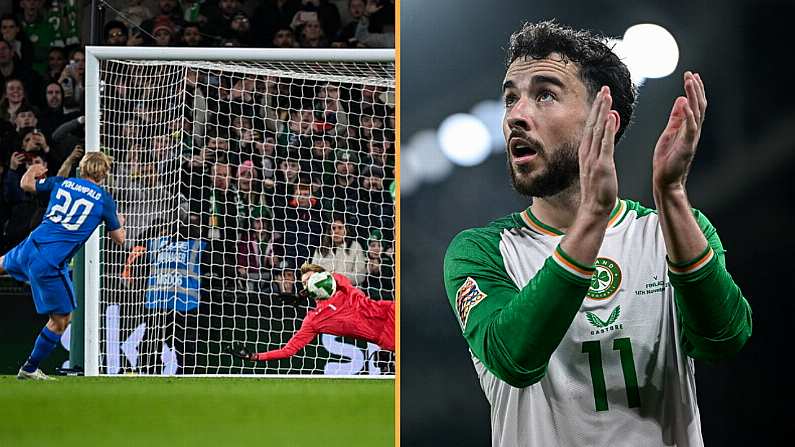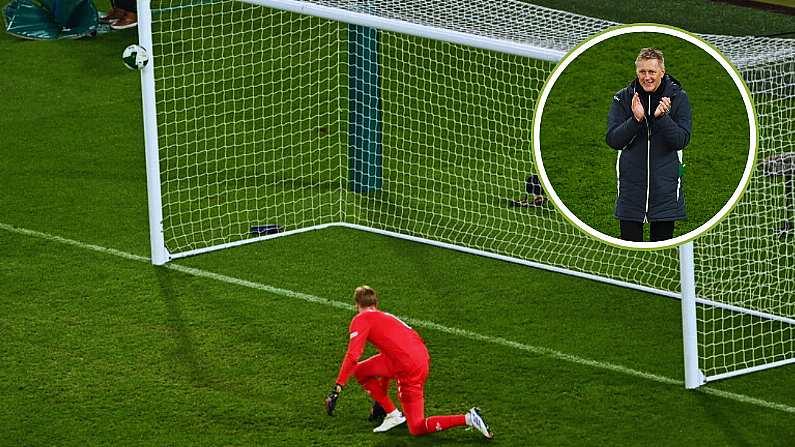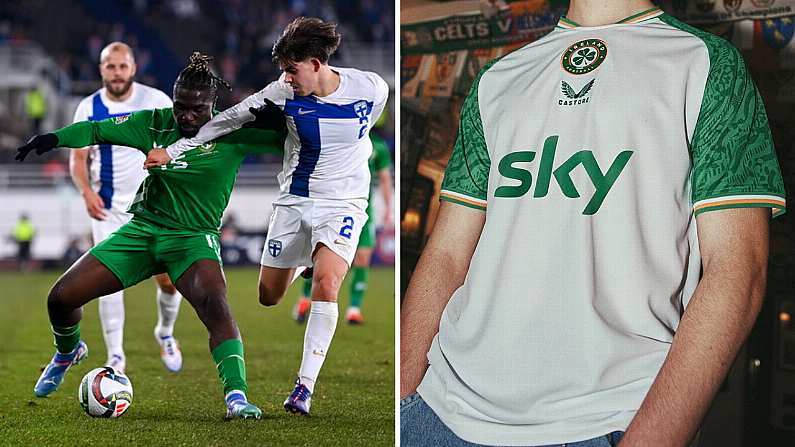With the 30th season of the Premiership/Premier League kicking off this weekend, we thought it was a good opportunity to look back at how football stadiums in England used to look.
Everyone is surely sick of the soulless, samey, comfortable, state-of-the-art stadiums that every pokey club in England is now the insufferably proud possessor of. We miss the old grounds To hell with the UEFA Star ratings here are the classic tropes of the early 1990s English football ground.
1. At least one 'shed like' Stand
Ideally it should have some local home-town sponsor plastered on the top of it.
2. A terrace that you are due to knock down
A union jack with the name of the club painted on it should be permanently wrapped around the wire fence directly behind the goal.
3. A capacity that has been reduced dramatically in the last few years because of the Taylor report
The ground once packed in roughly 238,000 for an England-Scotland friendly in 1936. Thanks to various safety regulations you can now fit in around 25,000.
4. Cranes
The Taylor report has necessitated building work, which the club have grudgingly embarked upon.
5. One modern looking Stand that looks out of place
Only built in the last couple of years.

Stamford Bridge 1992
6. Individualised goalposts
Nets in the early to mid 90s came in many different sizes. In places like Selhurst Park and The Dell, there was a remarkably small gap between the goal-line and the net. If the ball crossed the line at all it was touching the net. Ipswich Town had extremely weird nets which are extremely difficult to describe. The nets in Wembley, meanwhile, always looked rock hard. The ball never nestled in the nets but rather rocketed off them in a quite unsatisfactory fashion for spectators.
7. Surrounded by a housing estate
Almost all old English football grounds are hemmed in by rows and rows of pokey housing estates. Modern stadia tend to be built out of town.

Middlesborough's Ayresome Park
8. An extremely small stand behind the goal
I mean extremely small. Smaller than the one behind the goal at the Aviva Stadium
9. Pillars that block out your view of the pitch
10. There was never any grass in the goalmouth area (except for on the first day of the season)
Beyond August, the goalmouth was entirely comprised of dirt and sand.















